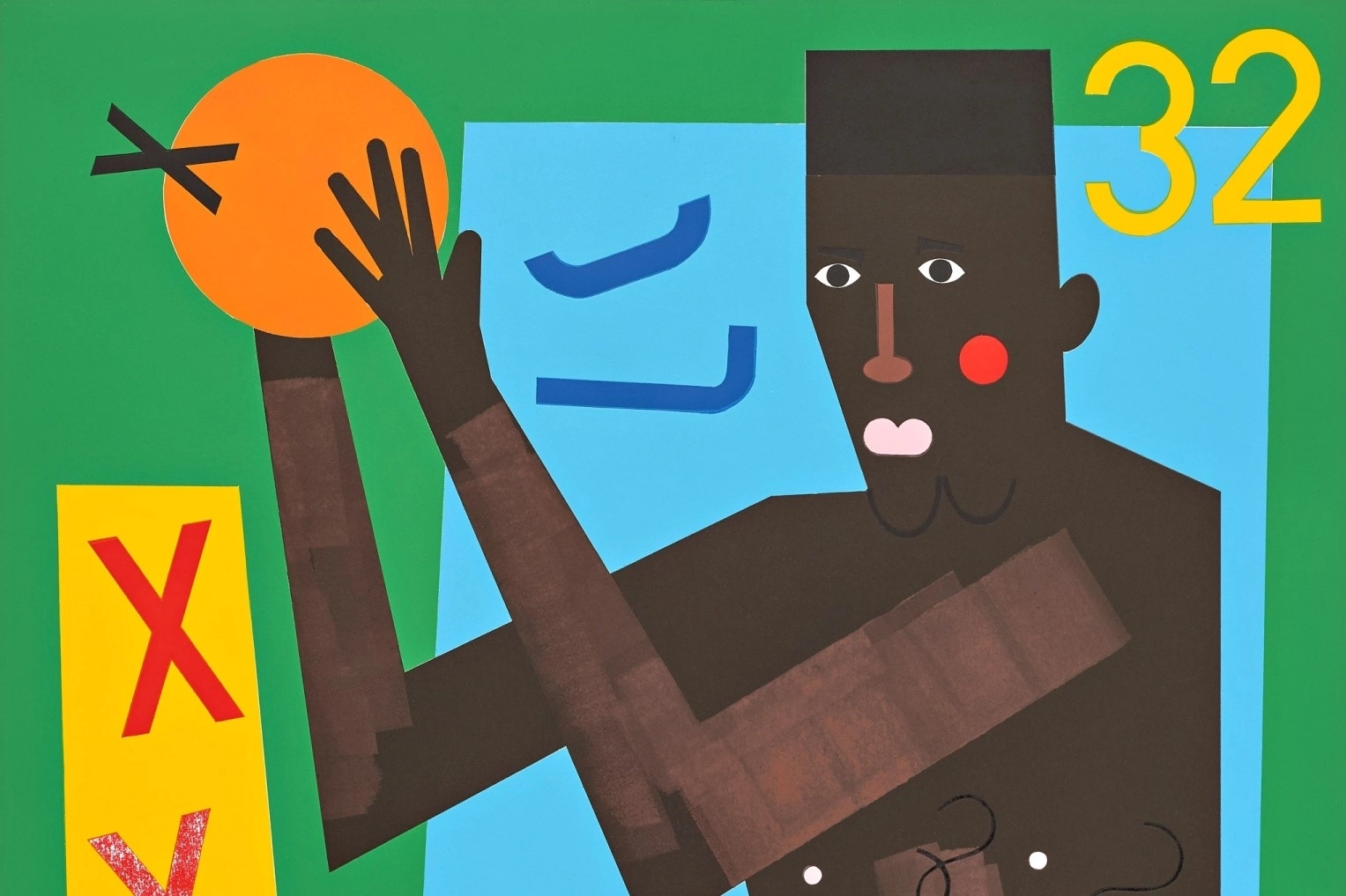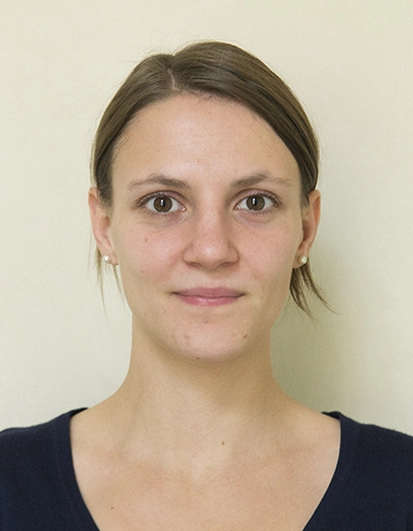African-American artist Nina Chanel Abney creates a colourful commentary on current social issues that seeks to provoke discussion, her main topic being racial discrimination. Besides this, she makes sport-themed paintings and designs the visuals of outdoor sports venues and sportswear. And not just any sportswear. Since 2019, she has been collaborating with the world-renowned Air Jordan brand, to which she has a personal connection as an artist originally from Chicago and a childhood fan of Michael Jordan.
Tabloids and Black Lives Matter
In the flood of everyday events, the artist captures events in politics, culture and tabloids. She comments on celebrities, touches on religious and gender issues, and observes social injustice and protest movements such as Black Lives Matter, which fights against systematic racism against Black Americans. She aims to show the frantic pace of life in the twenty-first century, non-violently opening up sensitive issues and approaching them from different angles.
“I just really want to get the conversation started; I’m not necessarily trying to push a personal agenda or personal message. I just want to get everyone talking around these topics.” the author describes her motivation for depicting these topics.

Her style is easily recognisable thanks to colourful geometrical elements and stylised figures composed of sharp angles. The artist has developed a distinctive style, combining abstraction with figurative painting and often incorporating text into her works. The animated series South Park and hip-hop music are some of the influences that have shaped her work. Her portfolio includes prints, collages and murals, though most often she works with spray paint and acrylic.

FIFA field and collaborating with students
Her design has revived several old New York and North Carolina basketball courts. In 2018, students from the local art school had the opportunity to participate in the revitalisation of a basketball court at the University of North Carolina's Morrison Residence Hall. One of the big challenges for the artist was the practical side - to create a visual for the court that, despite its colourfulness, was still clear and the players wouldn't get lost in the mass of colours and shapes.

Last year, she teamed up with gaming company EA, with whom she collaborated on the FIFA video game series. As part of the collaboration, she designed a rooftop football court in Manhattan, New York City and the visual identity for the FIFA Ultimate Team (FUT) game kit, whose colour palette and geometric elements corresponded artistically with the look of the field.
“I began by browsing the web for soccer-related imagery and then began making different elements to collage,” the artist described the creative process.

From a Chicago Bulls fan to designing Jordans
The area that has gained her the most attention recently is clothing design. An important aspect she has brought to this commission is her upbringing in Chicago during the historic Michael Jordan era. Nina Chanel Abney grew up in the south suburbs of Chicago and, as she recalls, spent her childhood hanging out with friends and playing sports:
„When I was younger, I played basketball, tennis, and soccer – I was big into sports and collecting basketball cards. (…) I would go to all the Bulls games and see the Michael Jordan-adorned basketballs and pennants, and it was life for me, especially during the championship years of the Bulls. I have an old picture of me waiting outside of a game, trying to see Michael Jordan pulling off in his Corvette.“

Before the pandemic, the artist was approached by the Air Jordan brand, a line of basketball shoes and athletic apparel produced by Nike, an American brand that has created, among other things, shoes for Michael Jordan during his time with the Chicago Bulls. Nina Chanel Abney first designed Jordan shoes, which she herself has been wearing since childhood. This was followed by a collection of sportswear and a new simplified design of the Jordan 2 shoe, which she turned into a sneaker for everyday wear. While designing it, she imagined what kind of sneakers the characters in her paintings would wear. The classic look of the shoe is replicated by red elements and black laces complemented by white midsoles and grey and red rubber soles.

The eleven-piece unisex collection that celebrates the artist’s queerness, shows key moments of Michael Jordan’s career, like his first victory with Chicago Bulls in the NBA championships, referenced by number 23 or confetti, as well as his short baseball career in the White Sox team where Jordan wore the number 45.
She also expanded on the image of the Jumpman, the silhouette of Michael Jordan that represents the logo used by Nike on Air Jordan sportswear and basketball clothing. Her stylised, angular version is done in black, green and red, as is the entire clothing collection, in the style of the Chicago Bulls team colours, which are also black, red and white. Additionally, the green and red create the contrast the designer was going for.
„The color red also can refer to the history of plucking grain within the black community and its legacy. The colors of the African American flag are also red, black, and green.“ the author reminds us of the omnipresent social layer of her work.

Nina Chanel Abney generally tries to enter spaces and situations not frequented by women and queer artists until now. According to her, it is key that Women of Colour didn’t feel like there are limits to what they can do.
„I was a computer science major and was working on an assembly line of a car company before moving to New York, so I feel like literally everything and anything is possible.“

Nina Chanel Abney was born in 1982 in Chicago. Since 2005 she has been living and working in New York. She first drew attention with her graduation project, Class of 2007, in which she discusses the unequal opportunities for African-Americans. The painting made its way into the Rubell Family Collection and was subsequently included in the travelling exhibition 30 Americans, which toured the United States for more than a decade.

In the piece, the artist portrayed herself as a blonde white woman who guards her classmates with a gun in her hand, who are white men depicted as black prisoners in orange jumpsuits. The artist was aiming to draw attention to racial inequality and the fact that, according to statistics, Black Americans are less likely to attend university and more likely to go to prison than their white counterparts.





